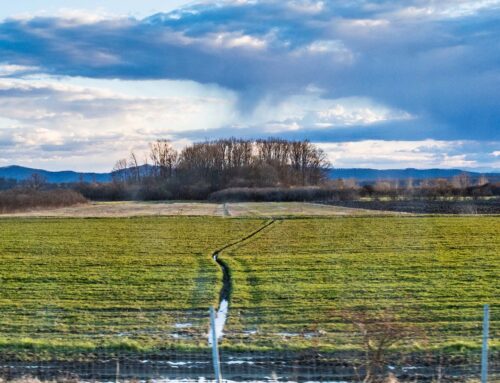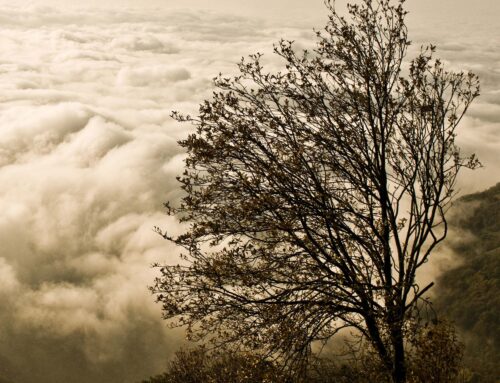Abuse in State and religious-run institutions in Ireland
Tens of thousands of children passed through Ireland’s industrial schools in the 20th century. Many were born, or spent time, in Mother and Baby Homes or similar institutions. These settings were typically run by the Catholic Church, and a smaller number by Protestant groups, but funded and inspected by the Government. A number of investigations have confirmed that a significant number of children were physically, sexually and/or emotionally abused in educational and residential settings. This brief overview will focus primarily on two such investigations: The Commission to Inquire into Child Abuse (CICA) and the Commission of Investigation into Mother and Baby Homes (CIMBH).
Many illegal adoptions took place in Ireland before and after formal adoption was introduced in 1953. The exact number is unknown, but a recent scoping exercise estimated it could be up to 20,000. In some cases, a child’s adopted parents were listed as their birth parents; and many women say they were coerced into signing documents or their signatures were forged. Illegal adoption – and the collusion between the State and Church which facilitated it – has been compared to child trafficking.
The children who were not adopted or fostered were generally sent to industrial schools. The role of the State and the Church in facilitating the abuse of children in educational and residential settings was laid bare by the CICA (the Ryan Commission). The CICA was established in 1999 but its final report was not published until 2009 after numerous legal challenges, most notably from the Christian Brothers. The Ryan Report contained shocking detail about the level of abuse suffered by children in institutions. More than 1,000 people reported abuse in over 200 settings between 1914 and 2000. The report identified around 800 known abusers.
Joe McAveety gave evidence to the CICA. He was born in Castlepollard mother and baby home in 1951, and grew up in St Patrick’s Industrial School in Kilkenny and St Joseph’s Industrial School in Galway. He was physically and sexually abused as a child. Speaking to this author in 2021, Mr McAveety referred to St Joseph’s as “a jail”.
“It was the most brutal time of my life, I don’t have a good word to say for the Christian Brothers. I’m lucky I survived that place … There is one particular memory that will never leave me – I’ve dreamt about it many, many times. There was a crowd of us in the washroom on a Saturday evening. This guy beside me was very nervous of the brothers. We were facing a mirror and the brother who was in charge said to this guy, ‘Whatever you do, don’t look back, look straight ahead.’ And, of course, your man looked back at the brother. The brother got his strap out and tore into him … he beat him on the back with his leather and I remember the blood pouring out of his back. I couldn’t believe what I had seen, I said ‘this is just unbelievable’. You could see the marks from the leather strap on his back, I was stunned. And then [the brother] gave him an orange and he told him not to tell anybody.”
The CIMBH was established in 2015 to examine the treatment of women and children in 18 institutions between 1922 and 1998. It was set up amid claims that up to 800 babies were interred in an unmarked mass grave at a former institution in Tuam, Co Galway – following extensive research by historian Catherine Corless. Excavations carried out in 2016 and 2017 found a significant quantity of human remains on the site. The CIMBH’s final report was published on 12 January 2021. It confirmed that about 9,000 children died in the institutions in question. The report noted: “In the years before 1960 mother and baby homes did not save the lives of ‘illegitimate’ children (the legal term previously given to children born outside marriage); in fact, they appear to have significantly reduced their prospects of survival.”
Many survivors have criticised the report, in particular conclusions which state there was a lack of evidence of forced adoption, forced incarceration, abuse and racial discrimination, despite testimonies
contradicting this. Some people have said their testimonies were amended or misrepresented. Mary Harney is among the women seeking a judicial review of the CIMBH’s report; a hearing is due to take place in the Irish High Court in November 2021. Ms Harney gave evidence to both the CICA and the CIMBH. She was born in Bessborough mother and baby home in Cork in 1949. She was abused in her foster home and at age five was sent to the Good Shepherd Industrial School in Sunday’s Well. She told this author that she and other children had to clean floors and headstones until their fingers bled. She said some nuns were “kind and gentle” but others “would fly into a rage”, hitting girls or pulling them by their hair. She said the industrial school system “was geared towards violence against children”.
The Government is currently developing a redress scheme which is expected to be open for applications in 2022.
Copyright Órla Ryan









